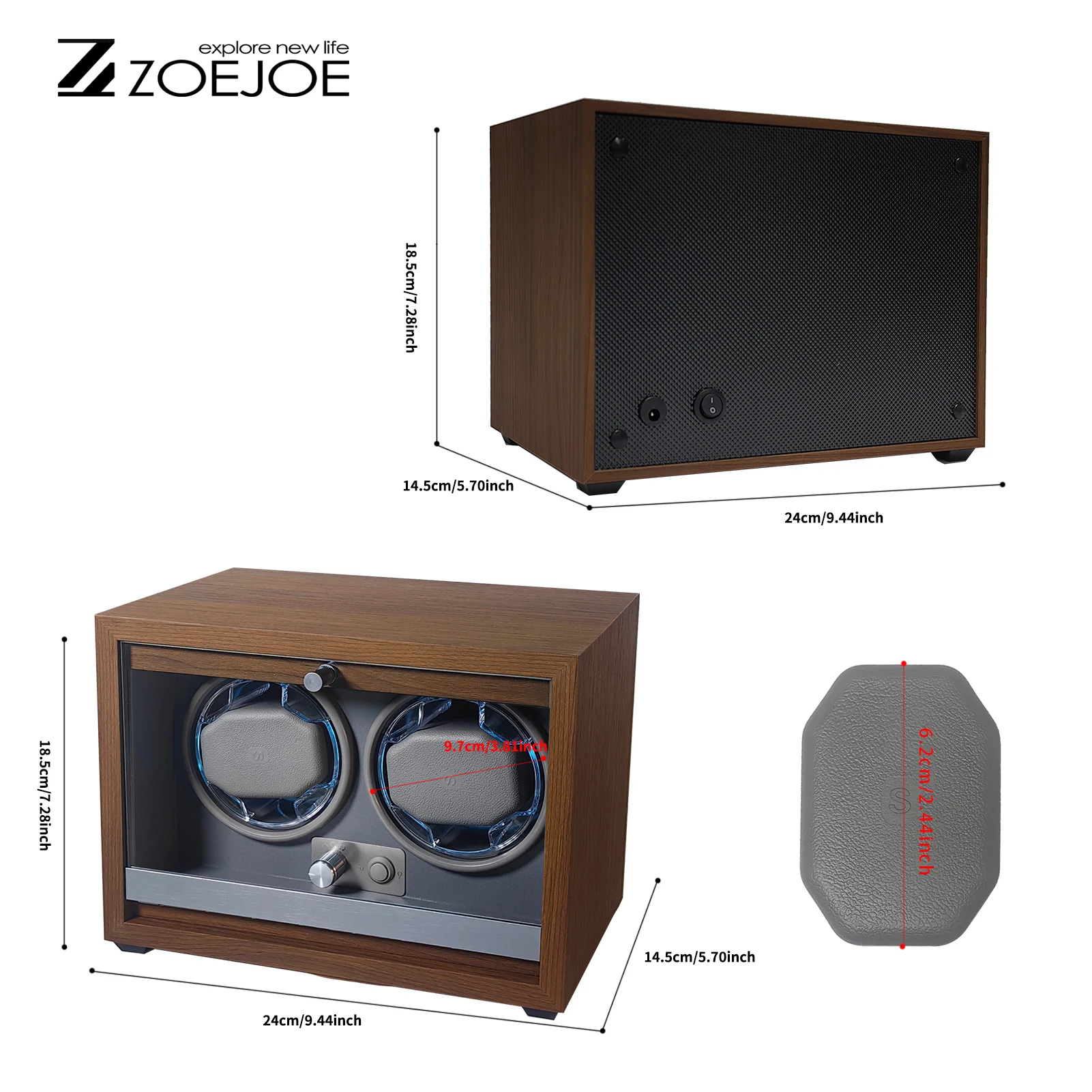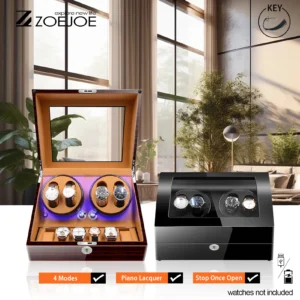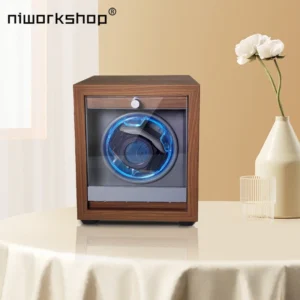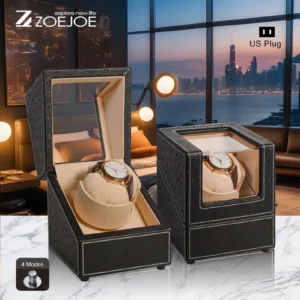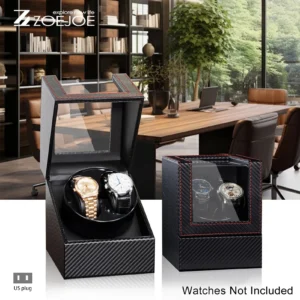Introduction to Watch Winders and Their Importance
Watch winders are specialized devices designed to keep automatic watches running when they’re not being worn. These clever machines simulate the natural motion of your wrist, providing gentle rotational movements that keep the internal mechanisms of your automatic watch active and properly wound.
At their core, watch winders operate on a simple principle: they rotate at specific intervals to maintain tension in the watch’s mainspring, which powers the timepiece. This continuous winding ensures that your automatic watch keeps accurate time and all complications (like date displays or moon phases) function correctly.
For collectors and enthusiasts, proper winding isn’t just about convenience—it directly impacts the longevity and performance of valuable timepieces. When automatic watches sit motionless for extended periods, their lubricants can settle and components may gradually lose optimal positioning, potentially leading to decreased accuracy and increased wear over time.
While watch winders are designed to be reliable, they can develop issues that require troubleshooting. Understanding how to diagnose and fix common problems will help protect your investment in both the winder and the precious timepieces it houses.
Quick Troubleshooting Checklist: First Steps Before Deep Diving
Before diving into specific problems, work through these initial checks to potentially save time and effort:
- Power supply verification: Ensure the outlet works by testing another device. For battery-powered units, try fresh batteries.
- Adapter inspection: Confirm you’re using the correct power adapter with matching voltage and amperage.
- Watch placement check: Verify your watch is properly secured in the holder without obstructing the rotation mechanism.
- Initial watch state: Make sure your watch has some power reserve before placing it in the winder.
- Power switch/button examination: Check that all power switches are in the “on” position and not damaged.
- Alternative watch test: If possible, try placing a different automatic watch in the winder to determine if the issue is with the watch or the winder.
- Placement assessment: Ensure your winder sits on a stable, level surface away from magnetic fields or vibration sources.
Understanding proper automatic watch winder programming settings is crucial before assuming there’s a mechanical problem. Many issues stem from incorrect setup rather than actual defects.
Common Watch Winder Problems and Their Solutions
1. Watch Winder Not Turning On or Spinning
When your watch winder shows no signs of life—no movement, no lights, no hum—you’re dealing with one of the most common yet concerning issues. This typically stems from:
- Power supply failures
- Loose internal connections
- Motor problems
- Controller circuit issues
Follow these troubleshooting steps in sequence:
- First, check the obvious: is it properly plugged in? Try a different outlet or power source.
- Inspect the power adapter for visible damage, especially at connection points.
- For battery-powered units, replace with fresh batteries and check for any corrosion in the battery compartment.
- Examine the connection point where the adapter meets the winder for looseness or damage.
- If your model has a reset function, follow the manufacturer’s instructions to reset the system.
- Check for a tripped circuit breaker or blown fuse if your model has these protections.
When examining electrical components, always disconnect the power first. Never force connections or disassemble sealed components unless you have technical experience.
Most quality watch winders require stable 110-240V power sources, with adapters converting to the specific DC voltage needed for the watch winder motor power requirements—typically between 1.5V and 12V depending on the model.
2. Unusual Noises: Grinding, Clicking, or Whirring Sounds
Abnormal sounds from your watch winder often signal mechanical issues that should be addressed promptly:
- Grinding noise: Usually indicates friction between moving parts, possibly due to misalignment or lack of lubrication.
- Clicking sounds: Often related to gear problems or objects interfering with the rotation.
- Whirring or buzzing: May signal electrical issues or motor strain.
How to address noise problems:
- First, determine if the sound occurs only when a watch is loaded (indicating weight or balance issues) or even when empty (suggesting internal mechanical problems).
- Gently remove any dust or debris using compressed air, being careful not to force particles deeper into the mechanism.
- Check for objects that might have fallen into the winder casing.
- Ensure the watch holder isn’t touching any part of the casing during rotation.
- Listen for changes in the sound when the winder changes direction or speed, which helps isolate the issue.
Normal operational sounds include soft humming or gentle clicks during direction changes. However, sustained grinding, loud clicking, or high-pitched noises usually indicate problems requiring attention.
Many collectors specifically seek quiet watch winders with advanced sound dampening features precisely to avoid these noise issues, which are not only annoying but often signal developing problems.
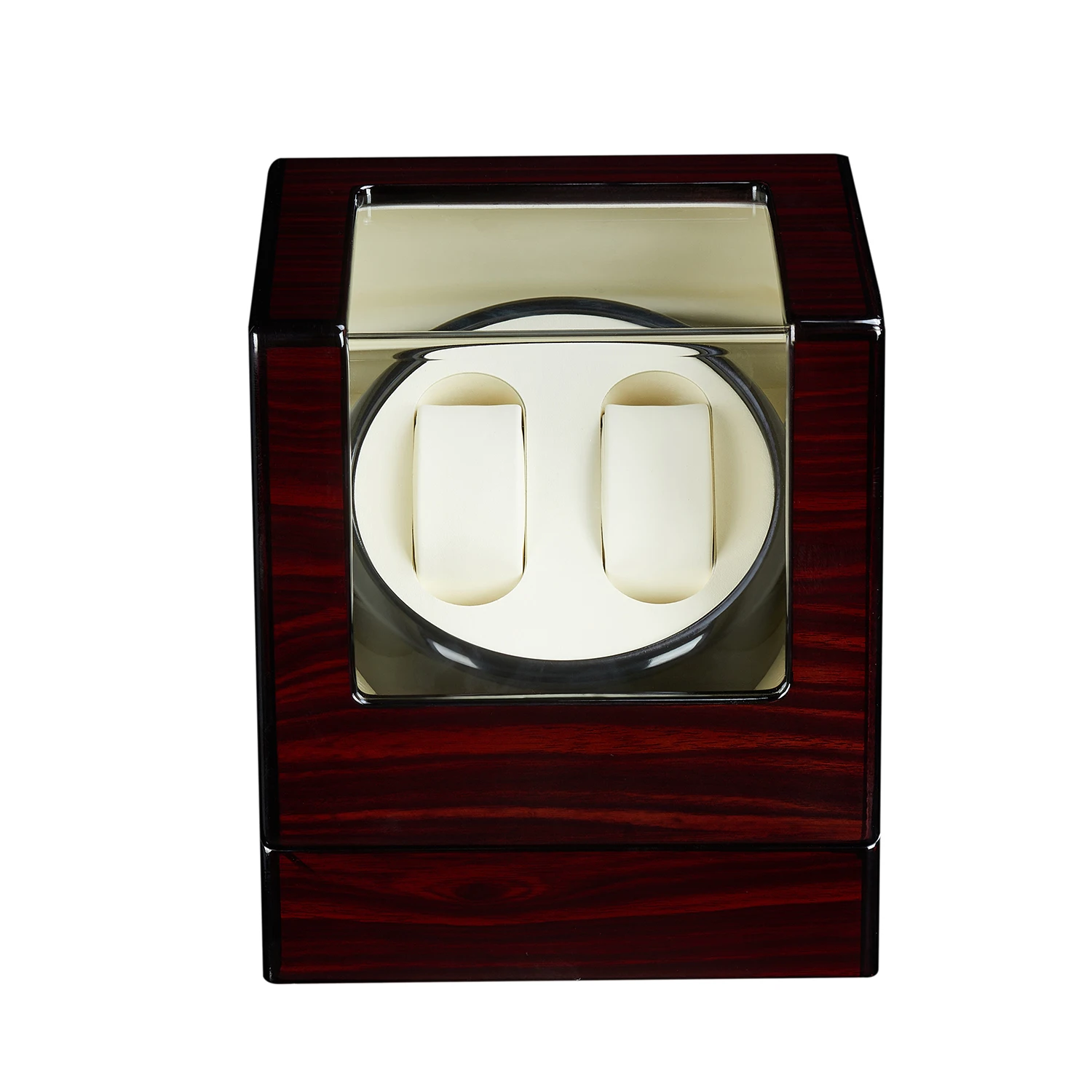
3. Watch Stops or Isn’t Properly Wound Despite Being in the Winder
If your watch isn’t maintaining power reserve despite being in a functioning winder, the issue often lies with settings rather than mechanical failure:
- TPD (Turns Per Day) settings: Different watch movements require specific numbers of rotations to maintain proper power. Insufficient TPD will lead to underwinding.
- Direction settings: Some watch movements wind in only one direction (clockwise or counterclockwise), while others wind bi-directionally.
- Rest periods: Some winders have programmed pauses between winding periods, which is normal but may appear as intermittent operation.
Troubleshooting steps:
- First, verify your watch works properly by wearing it for a full day to manually wind it, then testing its power reserve.
- Confirm your winder’s TPD settings match your watch’s requirements—most modern automatics need between 650-1200 TPD.
- Check directional settings: if uncertain, choose bi-directional winding as the safest option.
- Observe a full cycle of your winder to ensure it completes the expected rotations.
- Try adjusting to a higher TPD setting within the manufacturer’s recommended range.
Finding the right watch winder TPD settings for your specific timepiece is crucial. For reference, most Rolex models require 650-800 TPD, Omega movements typically need 800-900 TPD, and Seiko automatics generally require 500-800 TPD.
4. Intermittent or Inconsistent Winder Operation
When your watch winder works sometimes but not others, tracking the pattern can reveal the underlying issue:
- If the winder stops at specific times of day, power supply fluctuations may be the culprit.
- If operation fails after running for a set duration, overheating or thermal protection could be engaging.
- Random stopping and starting might indicate loose internal connections or programming issues.
Follow this diagnostic approach:
- Document when the winder stops—is there a pattern related to time of day, duration, or temperature?
- Try connecting to a different power circuit to eliminate power supply issues.
- Check if the winder restarts after cooling down, suggesting thermal protection.
- Test without a watch to determine if weight or balance issues are affecting operation.
- For programmable automatic watch winder models, perform a complete reset following manufacturer instructions.
- If using a multi-watch winder, try using only one position to see if load distribution affects performance.
Consider using a basic power surge protector to prevent voltage fluctuations from affecting sensitive electronic components in premium winders.
5. Physical Component Problems: Holders, Cushions, and Mounts
The physical interface between your watch and winder is crucial for proper function:
- Watch slippage: If the cushion is too small, your watch may shift position or fall during rotation.
- Rotation resistance: Oversized or overly tight cushions can strain the motor.
- Worn cushions: Over time, cushions lose their resilience and grip.
- Broken clips or holders: Physical damage can prevent proper mounting.
Solutions for common physical issues:
- For loose-fitting watches: Add thin padding or consider specialized watch pillows designed for smaller timepieces.
- For tight fits: Don’t force your watch onto a cushion—this can damage both the watch and winder. Use an appropriately sized cushion instead.
- Inspect spring-loaded components for reduced tension or breakage.
- Clean cushions regularly with a lint-free cloth to remove oils that can reduce grip.
- For temporary fixes, microfiber cloths can provide additional cushioning until replacement parts arrive.
Most quality watch winders accommodate watches between 38mm and 50mm in diameter, though specialty winders exist for both smaller ladies’ watches and oversized sports models.
6. Programming and Setting Difficulties
Modern electronic watch winders offer multiple settings but can sometimes present programming challenges:
- Unresponsive controls: Buttons or touch interfaces may develop sensitivity issues.
- Setting retention problems: Some units may lose settings after power interruptions.
- Complex programming sequences: Multi-function winders often have specific button combinations that must be followed precisely.
- Display malfunctions: LED or LCD displays may fail while the motor functions properly.
Troubleshooting programming issues:
- Start with a complete power reset (unplug for 30+ seconds or remove batteries).
- Clean the control panel with a slightly damp microfiber cloth to remove any residue affecting button function.
- Check for “lock” functions that might be preventing changes.
- If your model has a factory reset option, use it to return to default settings.
- For winders with battery backup, replace these batteries even if the main power is working.
Most modern watch winders follow similar programming patterns, but without the manual, programming can be challenging. Many manufacturers now offer digital copies of how to program watch winder setup guides on their websites.
Optimizing Your Watch Winder Settings for Different Watches
Finding the Correct TPD and Direction for Your Watch
Different watch movements have specific winding requirements based on their internal mechanics:
- Mainstream Swiss ETA movements typically require 650-900 TPD.
- Japanese movements like those from Seiko often need fewer rotations, around 500-650 TPD.
- High-complexity watches with multiple complications may require 1,000+ TPD.
- Direction sensitivity varies by manufacturer, with some movements winding efficiently only in one direction.
To identify optimal settings:
- First, determine your watch’s movement type (often printed on the caseback or found in documentation).
- Consult the manufacturer’s recommendations for that specific movement.
- If unavailable, start with a middle setting (around 800 TPD) and observe your watch’s power reserve performance.
- For direction, bi-directional winding is generally safe for most watches, though it may be less efficient for some movements.
Testing different automatic watch winder settings may require several days of observation to determine if your watch maintains proper power reserve and accuracy.
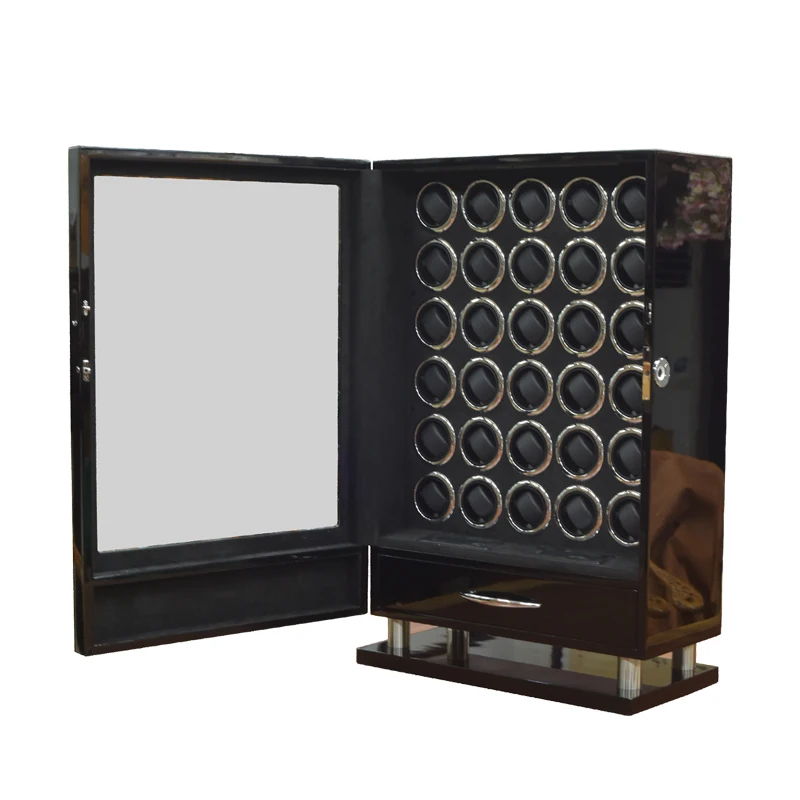
The Impact of Incorrect Settings on Your Timepieces
While modern automatic watches have safeguards against overwinding, improper winder settings can still affect performance:
- Too few rotations (low TPD): The watch will stop or lose time, requiring manual winding before wear.
- Incorrect direction: Some watches wind much less efficiently in one direction, potentially leading to insufficient power reserve.
- Excessive TPD: While rarely harmful to modern watches, may cause unnecessary wear on winding mechanisms over many years.
- Frequent directional changes: Some winders change direction too often, which can be less efficient for certain movements.
Indicators of optimal settings include:
- Watch maintains accurate time when removed from the winder and worn.
- Date and other complications change properly at midnight.
- Power reserve remains consistent day-to-day.
Understanding how watch winder rotation cycles work helps you make informed decisions about settings adjustments. Most quality winders offer programs that alternate between winding periods and rest periods, simulating natural wearing patterns rather than constant motion.
Watch Accessories, Watch Holder
$94.51 Select options This product has multiple variants. The options may be chosen on the product pageAutomatic Watch Winder, Luxury Watch Winder, Single Watch Box
$307.39 Select options This product has multiple variants. The options may be chosen on the product page4 Watch Winder, 6 Watch Box, Automatic Watch Winder
$512.31 Select options This product has multiple variants. The options may be chosen on the product pageAutomatic Watch Winder, Single Watch Winder, Wooden Watch Holder
$201.76 Select options This product has multiple variants. The options may be chosen on the product pageAutomatic Watch Winder, Leather Watch Travel Case, Single Watch Winder
$146.30 Select options This product has multiple variants. The options may be chosen on the product pageAutomatic Watch Winder, Double Watch Winder, Leather Watch Boxes
$147.60 Select options This product has multiple variants. The options may be chosen on the product page
Preventative Maintenance to Extend Winder Life
Regular Cleaning and Care Guidelines
Proper maintenance significantly extends your watch winder’s lifespan:
- Weekly: Remove dust from exterior surfaces using a microfiber cloth.
- Monthly: Clean the watch cushions with a slightly damp cloth and allow to fully dry before use.
- Quarterly: Inspect power cords and adapters for wear or damage.
- Semi-annually: Clean vents and air circulation channels with compressed air (using short bursts at low pressure).
- Annually: Check rotation mechanisms for smooth operation and unusual sounds.
Use these cleaning tools and products:
* Microfiber cloths (never paper towels which can scratch)
* Compressed air canisters (held at least 6 inches away from components)
* Mild cleaning solutions for exterior only (never spray directly onto the winder)
For luxury watch winder models with wood or high-gloss finishes, use appropriate furniture polish sparingly on exterior surfaces only, following the wood grain pattern.
Optimal Placement and Environmental Considerations
Where and how you position your watch winder significantly impacts its performance and longevity:
- Temperature: Keep winders in environments between 65-75°F (18-24°C).
- Humidity: Maintain 40-60% relative humidity to prevent moisture damage.
- Sunlight: Avoid direct sunlight, which can fade finishes and create heat buildup.
- Magnetic fields: Keep winders away from speakers, refrigerators, and other magnetic sources.
- Ventilation: Ensure at least 2-3 inches of clearance around vents for proper airflow.
- Stability: Place on solid, level surfaces away from edges to prevent accidental falls.
- Vibration: Avoid locations near washing machines, exercise equipment, or other vibration sources.
Many collectors complement their winders with other watch accessories like hygrometers to monitor environmental conditions and dehumidifiers for optimal storage environments.
When to Seek Professional Help
Signs That DIY Troubleshooting Isn’t Enough
While many watch winder issues can be resolved at home, certain symptoms indicate professional service is needed:
- Electrical odors or burning smells during operation
- Smoke or visible sparking from any component
- Excessive heat from the motor or control unit
- Loud mechanical sounds that persist despite basic troubleshooting
- Complete failure of electronic components after power verification
- Physical damage to internal mechanisms visible through openings
- Repeated stopping at the same position despite setting changes
Consider the repair-or-replace decision carefully:
* For winders under $200, replacement is often more economical than repair.
* For premium winders over $500, professional repair typically offers better value.
* If your winder is still under warranty, contact the manufacturer before attempting any internal repairs.
Finding Qualified Repair Services for Premium Winders
When seeking professional service for quality watch winders:
- Research specialization: Look for technicians with specific experience in watch winder repair rather than general electronics repair.
- Ask these questions:
- “Do you have experience with this specific brand/model?”
- “What diagnostics will you perform?”
- “Do you have access to original replacement parts?”
“What’s your typical turnaround time for winder repairs?”
Manufacturer services: Many premium brands offer factory service options, which though more expensive, ensure proper parts and expertise.
- Shipping considerations: If sending your winder for repair, remove all watches, secure moving parts, and use appropriate packaging materials.
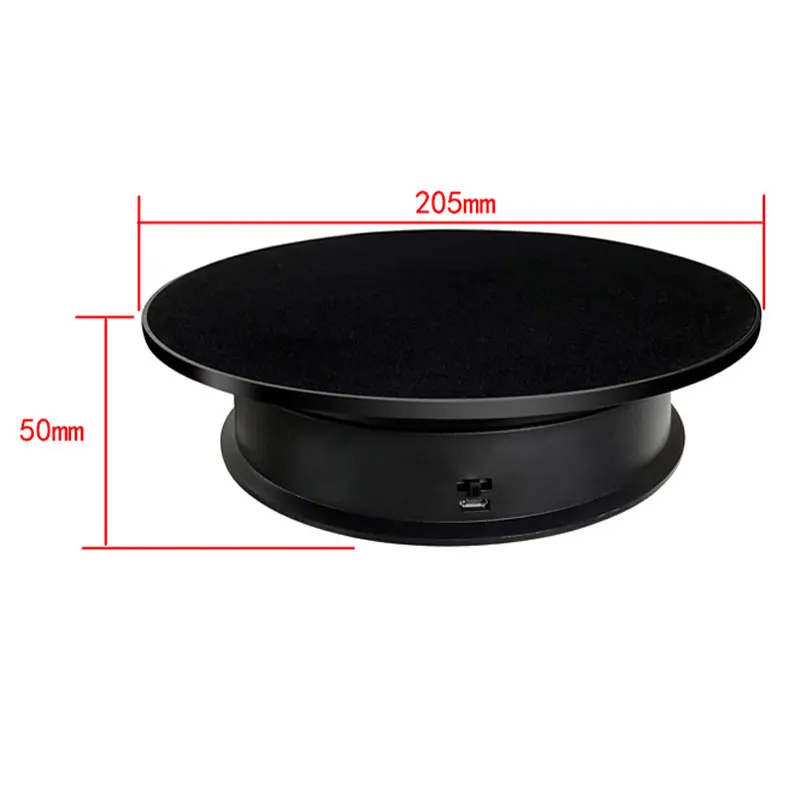
Frequently Asked Questions About Watch Winder Problems
Is my watch winder supposed to run constantly?
No, most quality watch winders operate in programmed cycles with rest periods. Even at high TPD settings, you’ll observe periods when the winder is stationary. This is normal and actually mimics real wearing patterns.
Can I damage my watch by using a winder?
Modern automatic watches have built-in protection against overwinding. However, using extremely high TPD settings unnecessarily over many years may cause premature wear to winding mechanisms.
How long should batteries last in a battery-powered winder?
Typical battery life ranges from 1-3 months for standard alkaline batteries, depending on TPD settings and number of watches. Rechargeable units usually operate for 2-4 weeks between charges.
Can I use my watch winder for multiple types of watches?
Yes, but you’ll need to adjust settings when switching between watches with different requirements. Multi-program winders make this easier by storing different settings.
Should I hear noise from my watch winder?
Quality winders produce minimal noise—typically a soft hum or gentle mechanical sound. Loud or harsh noises indicate potential problems requiring attention.
How can I tell if my watch is fully wound?
A fully wound automatic watch will run for its specified power reserve period (typically 38-72 hours depending on the movement) when removed from the winder.
Conclusion: Ensuring Optimal Performance of Your Watch Winder
Maintaining your watch winder properly is not just about preserving the device itself—it’s about protecting the valuable timepieces it holds. Regular troubleshooting, correct settings, and preventative maintenance help ensure your automatic watches receive the care they need to maintain accuracy and longevity.
Remember that proper winder function directly impacts watch performance. Taking time to understand your specific winder’s operation and your watches’ requirements pays dividends in preserved value and reliable timekeeping.
Quality matters when it comes to watch winders. Premium units from reputable manufacturers typically offer more consistent rotation, better cushioning systems, and longer service life—all contributing to better care for your timepiece collection.
With the troubleshooting techniques covered in this guide, you’re well-equipped to diagnose and resolve most common watch winder issues, ensuring your treasured timepieces remain ready to wear whenever you are.

